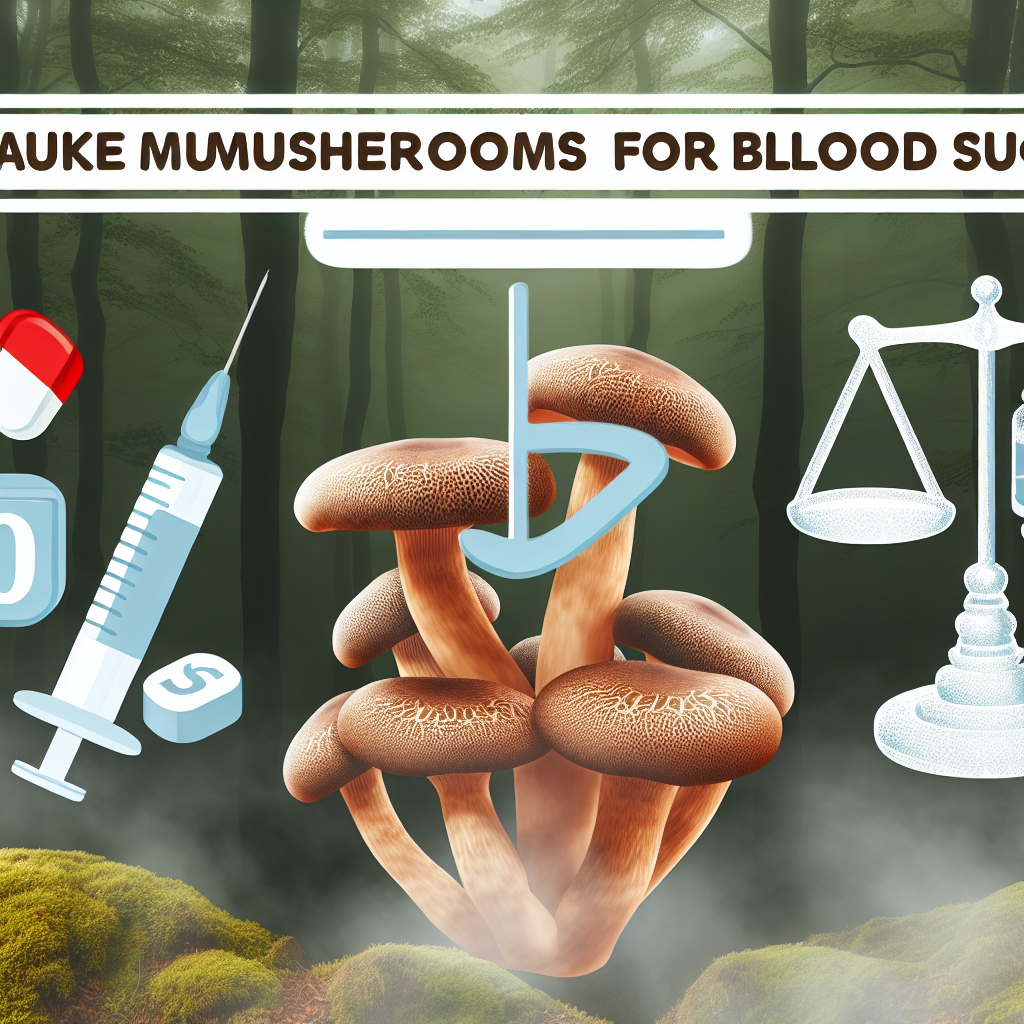Cannabis Root Rot Recovery: Hydroponics Troubleshooting Protocol
In hydroponic cannabis cultivation, the health of the root zone is paramount. Root rot, primarily caused by a lack of oxygen and the proliferation of pathogens like Pythium spp., can rapidly decimate your crop. Addressing root rot requires an integrated troubleshooting approach, from identifying early symptoms to implementing an effective recovery strategy.
This article will walk you through a cutting-edge, practical troubleshooting protocol for addressing cannabis root rot in hydroponic systems. We’ll explore professional and medical studies that offer data-driven insights into resolving this condition, and provide guidance on prevention and long-term protection for your cannabis operation.
Root Rot: Can Recovery Actually Happen?
Recent studies suggest that yes, root rot can be reversed under the right conditions and with early intervention. Understanding the microbiology and plant responses involved can significantly improve your recovery success. Increasing dissolved oxygen (DO) levels, applying beneficial microbes, and maintaining optimal water temperatures are key to successfully recovering from root rot.
Hydroponic Root Rot Recovery Protocol: Step-by-Step Action Plan
Step 1: Diagnose Quickly
Carefully inspect your plants for symptoms of root rot, such as brown, mushy roots; slimy texture; unpleasant odor; and yellow or wilting leaves. Verify the diagnosis with water temperature and pH readings (ideal pH is 5.5–6.5).
Step 2: Remove Affected Plants from System
Gently extract the affected plant and rinse the roots under lukewarm clean water. Trim away severely rotted roots using sterile scissors.
Step 3: Sanitize Root Zone and System
Flush the system with a dilute hydrogen peroxide solution or a commercial agricultural root cleaner to eliminate biofilm and pathogens.
Step 4: Restore Environmental Parameters
Adjust the water temperature to 65°F–68°F, using water chillers if necessary. Monitor the temperature daily to maintain the ideal range.
Step 5: Boost Aeration
Introduce high-capacity air pumps and quality air stones to increase dissolved oxygen (DO) levels above 6 ppm. Keep the water moving to prevent stagnation.
Step 6: Inoculate with Beneficial Microbes
Apply a root drench with Trichoderma or Bacillus cultures, which can inhibit the growth of harmful fungi and bacteria.
Step 7: Monitor Recovery and Regrowth
Within a week, new white root tips should begin to appear. Stay vigilant for recurring symptoms and slowly resume your regular feeding schedule.
Conclusion: Turning Crisis into Cultivation Success
Recovering from cannabis root rot in a hydroponic setup is no easy feat, but it’s entirely possible with a scientific and disciplined approach. Early identification, combined with a protocol rooted in microbial synergy, environmental control, and proper sanitation, can bring your plants back from the brink. Understanding and preventing root rot isn’t just about saving plants—it’s about sustaining long-term cultivation success.
References
- Van der Plaats-Niterink, A. J. (1981). Monograph of the Genus Pythium. Read Study
- Davis, M. J., et al. (2020). “The effect of oxygenation on root zone pathogens in cannabis hydroponics”. University of Guelph. Research Reports
- Rongai, D., et al. (2022). “Biocontrol Agents and Their Effects on the Roots of Cannabis sativa L.” Frontiers in Plant Science. Read Article
- BioSafe Systems. Oxidate 2.0
- Botanicare. Hydroguard
- Plant Revolution. Great White Mycorrhizae
Concise Summary:
In this comprehensive article, we explore the challenges of root rot in hydroponic cannabis cultivation and provide a step-by-step protocol for effective recovery. By understanding the root causes, implementing environmental controls, and leveraging beneficial microbes, growers can turn a crisis into a cultivation success story.



